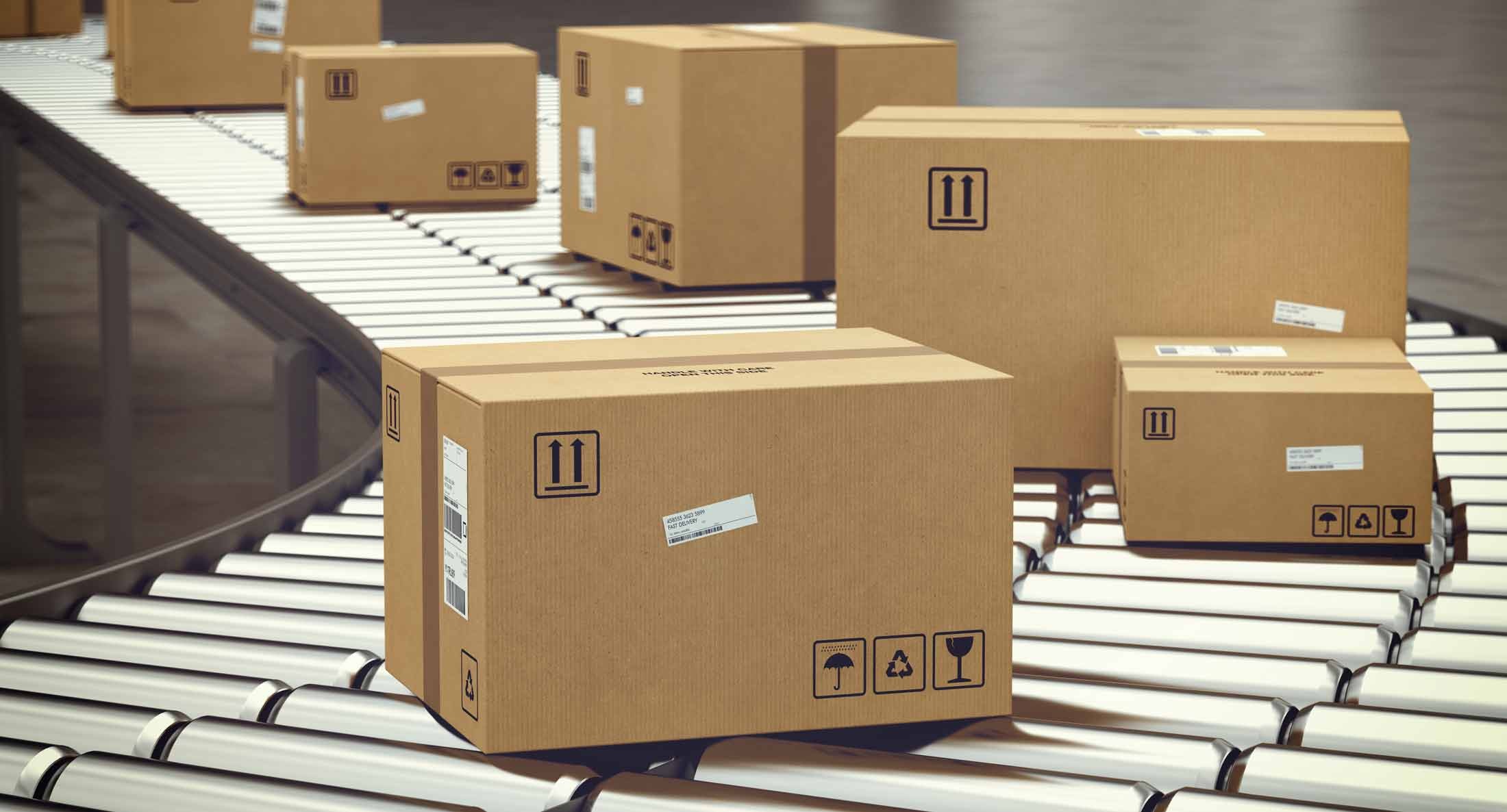
The safe and compliant packaging of hazardous materials is a critical consideration for businesses involved in a wide range of industries. Ensuring that dangerous goods are packaged and transported in a manner that doesn’t compromise public safety is a legal obligation and an ethical responsibility. But how can an organization maintain stringent safety measures while being conscious of the impact on the bottom line?
Understanding Dangerous Goods Packaging Regulations
Regulations on dangerous goods packaging materials are not just guidelines. They are the law, and adhering to them is non-negotiable. Understanding the nuances of these rules is the first step in creating a packaging strategy that can adjust to the demands of both safety and cost-efficiency.
● The Tall Task of Compliance
Navigating through regulations like the United States’ Hazardous Materials Regulations (HMR) or the European Agreement concerning the International Carriage of Dangerous Goods by Road (ADR) can be complex. These regulations stipulate how different classes of hazardous goods must be packaged for safe transportation, covering everything from container compatibility to signage and labeling requirements.
● The Price of Non-Compliance
Failures in compliance often result in heavy fines, legal actions, and a severely tarnished reputation. It’s clear that a violation of these regulations due to cutting corners in packaging, for the sake of cost, can lead to financial losses which far outrun the savings.
Factors to Consider in Cost-Effective Packaging
Achieving a balance between safety and cost-efficiency in dangerous goods packaging involves careful consideration of a few key factors. By optimizing these aspects, companies can construct packaging solutions that are both robust and economical.
● Material Selection
Choosing the right materials can significantly impact the overall cost of packaging. Thinner layers of specialized materials may offer equal protection to thicker, more expensive alternatives. Balancing the required material specifications with cost-effective options is a delicate but essential consideration.
● Packaging Design
An often-overlooked area for potential cost savings is in the design of packaging. Optimizing the shape and size of containers can lead to more efficient transport and storage, reducing shipping costs and minimizing wasted space.
● Testing and Certification
Thorough testing and certification are mandatory for each type of packaging used for dangerous goods. This validation ensures the safety and efficacy of the chosen packaging. Seeking out cost-effective testing services and certification can save money without compromising quality.
Cost-Effective Packaging Solutions
Innovation in packaging materials and design is continually evolving, offering more cost-effective solutions that cater to the specific needs of dangerous goods transportation.
● The Rise of Composite Materials
Composite materials that marry the strength of different components are on the rise. They provide stronger and lighter packaging options that not only safeguard the goods effectively but also contribute to fuel savings through reduced weight.
● Enhanced Packaging Design
New designs are more storage-friendly and often come with built-in stackability and other features that optimize space within freight carriers. For instance, collapsible or nestable designs can significantly improve the operational cost of packaging.
Balancing Cost and Safety in Transportation
Balancing the safety of dangerous goods with the cost of their transportation lies at the heart of a logistical challenge. Employing strategic methods for transportation can significantly cut down on costs without sacrificing safety.
● Route Planning and Optimization
Thoroughly planning and optimizing transportation routes can reduce the time and resources required for travel. This not only lowers fuel and operating costs but also minimizes the potential risks associated with the longer travel times that may necessitate unscheduled stops or unnecessary exposure to hazardous conditions.
● Carrier Collaboration
Building strong relationships with transportation carriers and service providers can lead to cost-effective partnerships. Working closely with carriers can result in more tailored transportation solutions that are both safe and affordable.
Training and Education
The human factor is critical in the packaging and transportation of dangerous goods. Investing in the right training and education programs can ensure that your personnel are competent and up-to-date with the latest safety protocols.
● Tailored Training Programs
Developing in-house training programs that cater specifically to the types of dangerous goods and the unique packaging allows for keeping costs down while imparting practical safety knowledge.
● Utilizing Technology for Training
Harnessing digital tools and simulations can offer cost-effective yet highly realistic training experiences for employees. These tools can significantly reduce the need for physical resources and training time.
Collaboration with Industry Stakeholders
Cross-industry collaboration can provide cost-effective solutions to common packaging and transportation challenges related to dangerous goods.
● Shared Resources and Knowledge
Pooling resources with other companies in the industry can lead to shared knowledge and insights on how to effectively and efficiently manage dangerous goods. This cooperative approach can also extend to shared packaging or transportation solutions, reducing individual costs.
● Industry Standardization
Working towards industry-wide standardization of packaging and transportation protocols can streamline safety procedures and compliance across the board, reducing the costs associated with individual customizations and variations.
Conclusion
The proper packaging and transportation of dangerous goods is a complex endeavor, with no one-size-fits-all solution. However, by being strategic and staying ahead of the curve in innovative, cost-effective solutions, businesses can navigate the fine line between cost savings and operational safety.
In the end, the investment in a robust and well-considered packaging strategy pays dividends not only in mitigating potential disasters but also in maintaining a competitive edge in the market.



